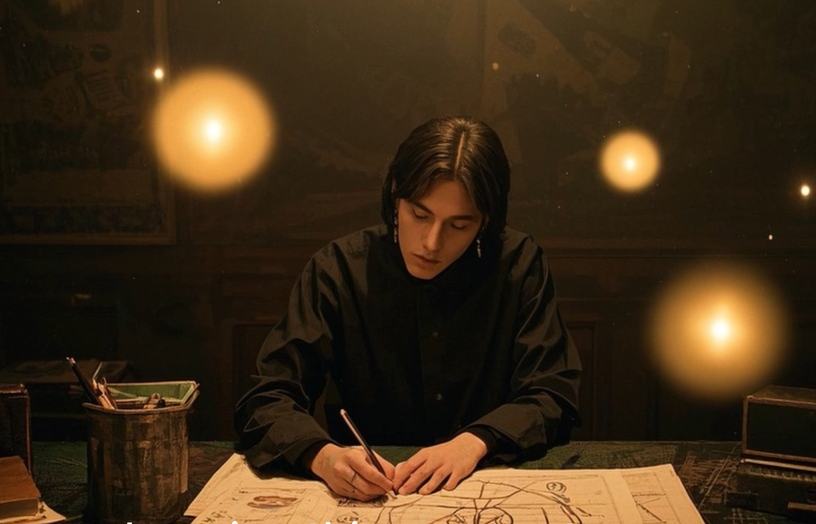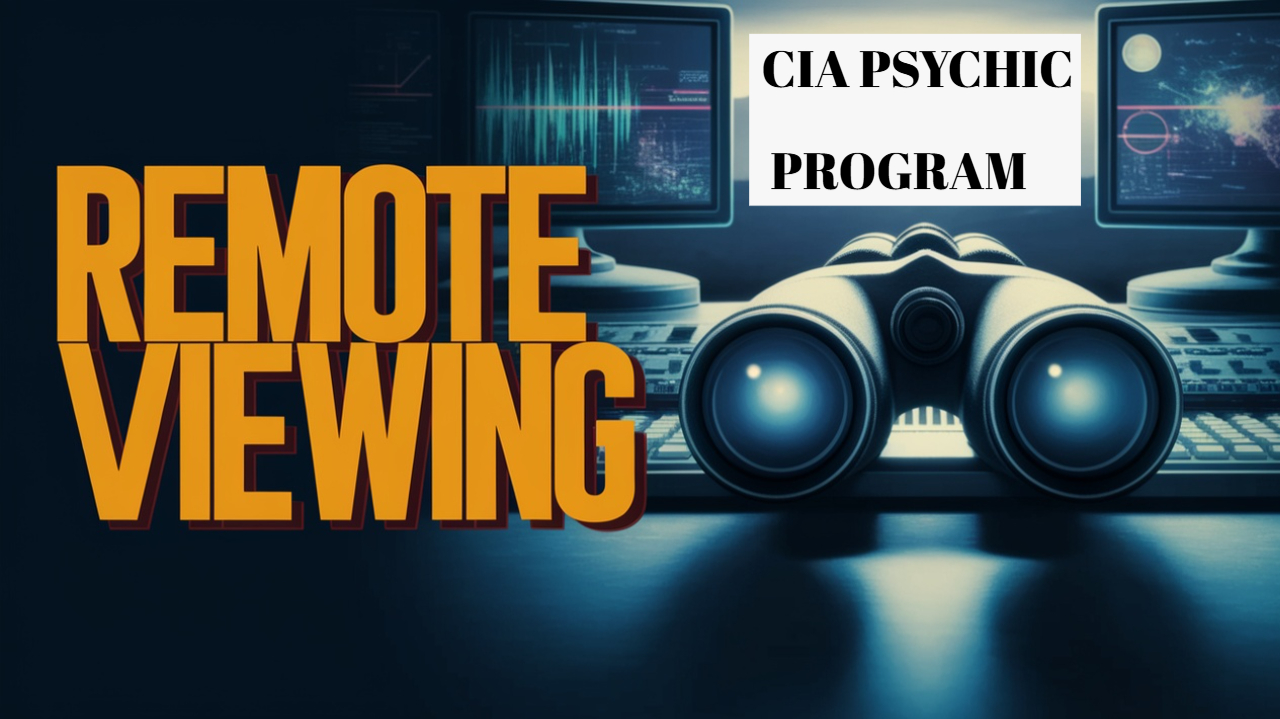Imagine a psychic sitting in a dimly lit room, eyes closed, sketching the layout of a secret Soviet base thousands of miles away—without ever leaving their chair. This isn’t the plot of a sci-fi thriller; it’s the real history of remote viewing, a once-classified CIA program that explored the boundaries of human perception. From the Cold War to declassified files, the story of the CIA’s psychic spies is a wild ride through espionage, science, and the unexplained. In this blog, we’ll uncover what remote viewing is, how the CIA turned it into a tool, and why it eventually faded—or did it?

What Is Remote Viewing?
Remote viewing is the alleged ability to perceive distant locations, objects, or events using only the mind—no tech, no travel, just mental focus. Think of it as a psychic superpower, a way to “see” beyond the physical senses. The concept isn’t new; ancient cultures, from Indian mystics to Chinese strategists, wrote about seers who could spy on enemies from afar. But it wasn’t until the 20th century that this idea caught the attention of modern science—and the U.S. government.
In the 1970s, the Stanford Research Institute (SRI) in California became ground zero for remote viewing experiments. Physicists Hal Puthoff and Russell Targ teamed up with Ingo Swann, a gifted psychic, to test whether people could “view” targets by focusing on coordinates. Swann’s early successes—like describing a remote site with eerie accuracy—convinced the CIA that this wasn’t just parlor tricks. You can read more about SRI’s role in this fascinating history on their official site.

The Cold War Psychic Arms Race
Why would the CIA care about psychics? The answer lies in the Cold War’s paranoia-fueled arms race. In 1970, a book titled Psychic Discoveries Behind the Iron Curtain claimed the Soviets were investing heavily in extrasensory perception (ESP) for espionage. The U.S. couldn’t risk falling behind. What if Soviet psychics could peek into Pentagon war rooms or missile silos? The CIA jumped in, funding SRI to explore remote viewing’s potential.
The program, initially dubbed Scanate (short for “scan by coordinate”), produced jaw-dropping results. Take Pat Price, a former cop turned psychic prodigy. Given only map coordinates, Price sketched a secret Soviet nuclear facility—complete with cranes, buildings, and even code words on documents. Declassified CIA files, available through the CIA’s FOIA Electronic Reading Room, confirm these early successes. Was it luck, or something more? The CIA wasn’t sure, but they were hooked.
Project Stargate: Psychic Spies Go Mainstream
By the late 1970s, remote viewing had a new name—Stargate—and a new home at Fort Meade, Maryland. Over two decades, the CIA, Army, and Defense Intelligence Agency ran thousands of missions with a team of about 20 remote viewers. These weren’t all mystics; many were soldiers, artists, or everyday people trained to “see” targets worldwide. The missions ranged from locating a downed plane in Africa to tracking hostages during the Iran crisis of 1979-1981.
Joseph McMoneagle, a decorated soldier turned remote viewer, became a legend in the program. In one session, he described a Soviet submarine under construction—details later verified by satellite imagery. Another viewer, Angela Dellafiora, pinpointed a fugitive’s hideout in Wyoming with uncanny precision. Success wasn’t guaranteed; results were often vague or off-target. But when it worked, it was mind-blowing. Congress even funded Stargate, with one lawmaker famously calling it “a hell of a cheap radar system.” You can explore McMoneagle’s own account in his book, Mind Trek, or dig into the declassified Stargate archives.
The End of Stargate—or Was It?
Stargate ran until 1995, costing $20 million—a drop in the bucket for the Pentagon but enough to draw scrutiny. That year, the CIA declassified the program, and the American Institutes for Research (AIR) reviewed its effectiveness. Statistician Jessica Utts argued the results beat random chance, suggesting something real was happening. Skeptic Ray Hyman countered that it was too unreliable for practical espionage. The official conclusion? “No actionable intelligence.” Stargate was shut down.
But the story doesn’t end there. The declassified files—thousands of pages of sketches, reports, and session logs—are now public. You can browse them yourself on the CIA’s site and decide what to believe. Some argue Stargate died because drones and satellites made it obsolete. Others whisper it never really ended, just slipped deeper into the shadows. No hard evidence supports that theory, but it’s a tantalizing thought.
Remote Viewing Today
The legacy of Stargate lives on. Former viewers like McMoneagle still teach remote viewing techniques, claiming anyone can learn with practice. Civilian groups, like the International Remote Viewing Association (IRVA), keep the flame alive, offering workshops and research. Skeptics dismiss it as pseudoscience, but believers point to the CIA’s own data as proof of its potential.
So, was remote viewing a Cold War fluke or a glimpse into untapped human abilities? The truth might lie somewhere in between. What’s certain is that it’s one of the strangest chapters in espionage history—a tale of psychics, spies, and a government willing to bet on the impossible.
Why It Matters
The CIA’s remote viewing program isn’t just a quirky footnote. It raises big questions: How much can the mind do? Could science one day harness these abilities? And what else might still be classified? For now, the declassified files offer a rare peek behind the curtain. Whether you’re a skeptic or a believer, the story of Stargate is a reminder that reality can be stranger than fiction.
Want to dive deeper? Check out the CIA’s Stargate Collection or explore SRI’s early experiments. And if you’re feeling brave, why not try remote viewing yourself? The coordinates are out there—maybe you’ll see something extraordinary.

